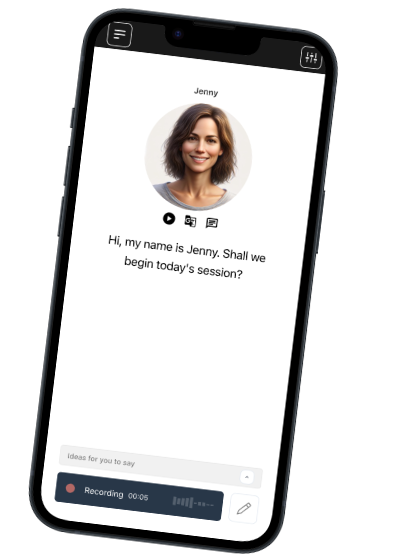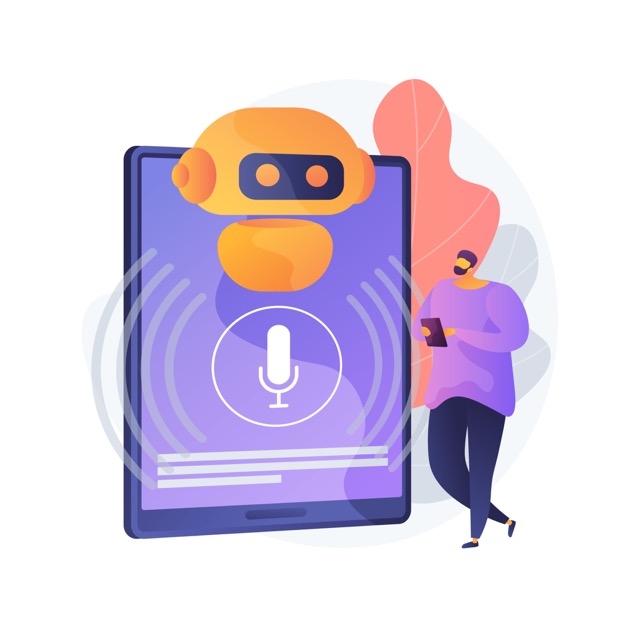Founded in Denmark. We respect your privacy.
Join a worldwide community of language learners
Why Are Some Languages So Hard for AI to Learn? The Hidden Struggles Behind Machine Translation
Last updated on
Every year, machine translation seems to get a little smarter and a little faster. Yet, if you’ve ever run a news article or a funny meme through an online translator—especially from languages like Japanese, Arabic, or Finnish—you might spot odd mistakes, missing context, or outright gibberish. Why does highly advanced artificial intelligence still falter with some languages?
This question cuts to the core of how AI models “understand” language and exposes some little-known hurdles that even the most sophisticated algorithms face today. If you read on, you’ll discover the one challenge that even cutting-edge AI can’t fully solve…
The building blocks that trip up the bots
Languages come with different sets of rules, alphabets, and logic. Some, like English and Spanish, share structural similarities and thousands of “cognates”—words with shared linguistic roots. This eases the task for machine translation models, which rely on recognizing patterns within massive quantities of text.
But for languages that use unique scripts (think Amharic, Georgian, or Burmese) or that change word form based on how the speaker relates to the listener (as in Korean or Japanese honorifics), AI hits a wall. The lack of huge, diverse digital texts in those languages also means models have less to learn from. For example, English-to-Estonian translation tends to struggle far more than English-to-Spanish, simply because there’s less bilingual content online for the AI to ‘train’ itself with (source: Ethnologue).
The problem of “untranslatable” meaning
Even with extensive data, AI faces a greater foe: the cultural and contextual aspects baked into human language. Expressions tied to humor, politeness levels, regional slang, or historical references rarely translate neatly. One sentence could have a dozen equally correct translations, all depending on subtle cues that humans understand from context but which are nearly invisible to machines.
For example, languages like Egyptian Arabic or Japanese often leave out pronouns or subjects, assuming the listener will gather the meaning from the situation or tone. Yet for an AI, these are critical blanks in the translation puzzle. This can produce output that is technically correct but socially or emotionally “off.”
Hidden structures: When grammar isn’t what it seems
Some of the biggest hurdles lie within the grammar “logic” of a language. For instance, Turkish and Finnish use agglutinative grammar. This means a single word can pack in what would take a whole phrase in English—making it tough for computers to split sentences into manageable chunks.
Meanwhile, tonal languages like Mandarin or Yoruba encode meaning into pitch and intonation, something even sophisticated voice-recognition AIs still struggle to process or reproduce accurately.
Are things getting better?
Some recent advances are helping, such as multilingual transformer models that can transfer knowledge across language barriers. Still, the biggest breakthroughs often come from incorporating human corrections and feedback—something AI can’t do alone.
And here’s that big reveal we promised: No matter how sophisticated AI becomes, real fluency and understanding depend on interaction and feedback that blends human and machine learning. This is why new approaches—like conversational AI platforms that let learners speak and get pronunciation and context-aware feedback—are changing the game for language acquisition. If you’re curious to see how this works in practice, try a hands-on conversation with AI in Japanese or Egyptian Arabic on Talkio. The insights you gain will go beyond what translation apps alone can provide!
Talk Your Way
to Fluency

Talkio is the ultimate language training app that uses AI technology to help you improve your oral language skills!
Try Talkio


